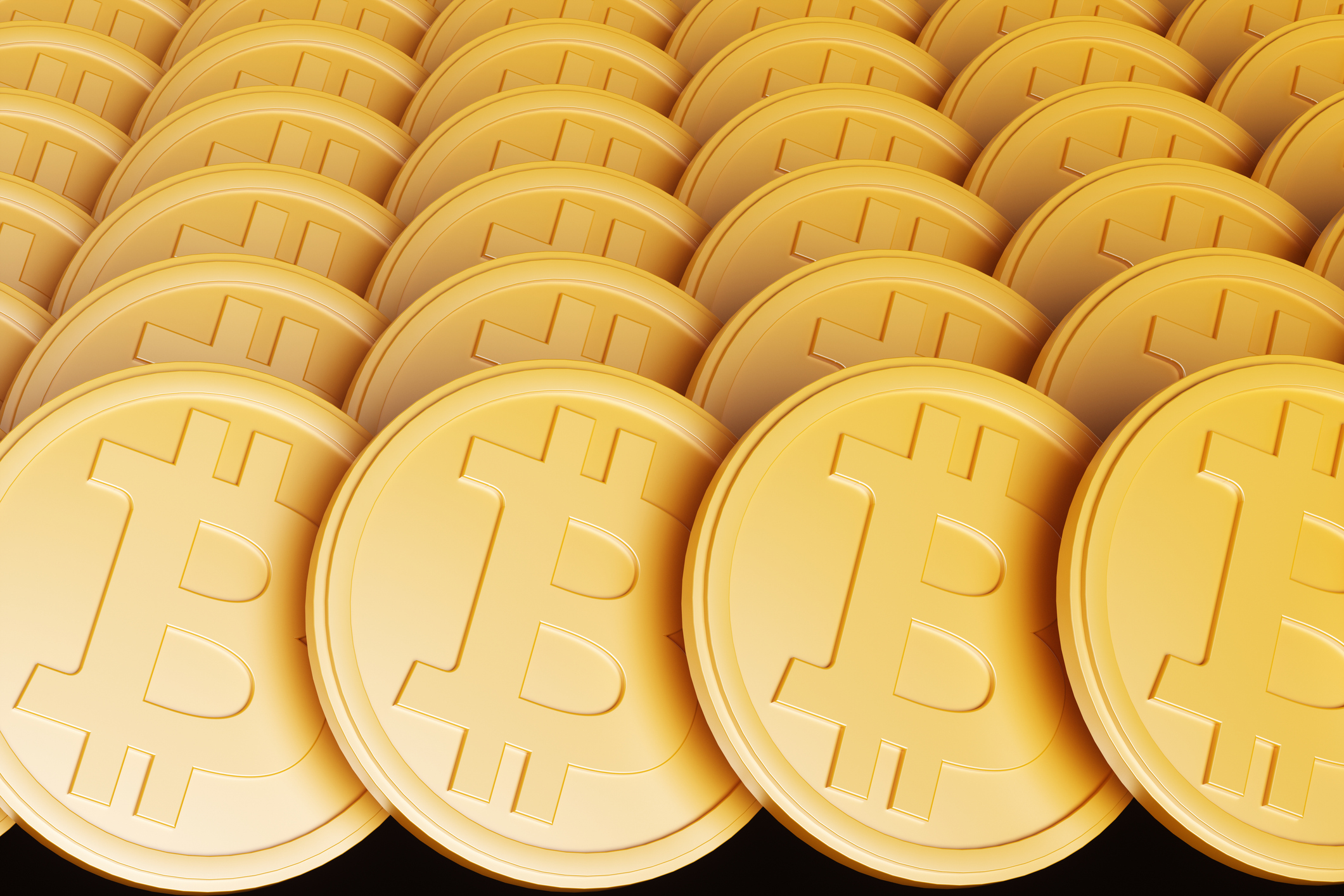
After months of bear signals, bitcoin, along with the broader digital asset market, is once again trending higher. In mid-March, the cryptocurrency had more than tripled on a year-over-year basis to trade at an all-time high of $73,835.
Since then, the cryptocurrency's price has come down a bit, last seen at $63,300 on April 18. But retail traders and institutions are eyeing an upcoming key event that can further impact the digital currency's value: The bitcoin halving that is expected to occur at some time over the next few days.
What is bitcoin halving?
The first and most widely recognized cryptocurrency, bitcoin (BTC) has a unique feature coded into its protocol called "halving" – an event where the reward for mining bitcoins is reduced by half.
In the bitcoin network, miners use a Proof-of-Work (PoW) system to validate transaction information. Miners compete to solve a block's cryptographic puzzle, which requires significant computational power.
After successfully solving a puzzle, miners will propose a new block of transactions to be added to the blockchain, or the decentralized, public ledger that records transactions. As a result of their computational effort to validate transactions, the miners get rewarded for their work.
When bitcoin was first launched in 2009, miners were rewarded with 50 BTC for every mined block. Every time the network mines 210,000 blocks, which takes roughly four years, the halving cuts the block reward by 50%.
Since the system is designed to have a finite supply of 21 million BTC, the halving ensures the controlled release of new bitcoins until all are in circulation.
How many bitcoin halvings are left?
There are 32 halvings in total, with the last one predicted to happen around the year 2140.
The first bitcoin halving occurred in 2012, reducing the block reward from 50 to 25 BTC. This was followed in 2016, then in 2020, cutting the reward down to 12.5 and then to 6.25 BTC. This leaves 29 more halvings, with the next one expected at some point over the next few days.
It's difficult to pinpoint the exact date of the upcoming halving because it's dependent those 210,000 blocks being mined. However, it's projected to occur around mid-April, and this event will lower the reward to 3.125 BTC per block. Following the four-year interval, this will be succeeded by another halving in 2028, then another in 2032, and so on until the final bitcoin is mined.
By then, miners will earn only the fees for verifying transactions paid by network users. These incentives will motivate the miners to continue sustaining the network.
How will the halving impact bitcoin prices?
Historically, bitcoin halvings have been associated with significant price increases in the cryptocurrency. The theory behind this is simple: As the supply of new bitcoins entering the market decreases, the demand for them could surpass the supply.
There are currently around 19.65 million bitcoins in circulation, leaving approximately 1.35 million left to be mined. With fewer bitcoins available, their value increases, making them more attractive to investors.
However, it's important to note that other factors also contribute to this price increase. For instance, halvings usually attract more press coverage. With increased public attention comes heightened speculation and market activity, which can drive up Bitcoin's value. Regulatory changes such as the recent approval of spot bitcoin ETFs, increases in use cases, and global economic conditions may also influence its price.
How will the halving impact bitcoin miners?
Besides bitcoin's value, halvings may also affect miners. As block rewards decrease, miners may become less profitable, especially those with less efficient hardware or higher energy costs. Some may even be forced to shut down operations, leading to a temporary decline in the network hash rate.
But the bitcoin network is also designed to counter these potential effects. The mining difficulty adjusts every 2,016 blocks (around every two weeks) to maintain a consistent block production rate of around 10 minutes per block. Even as miner participation fluctuates, this mechanism ensures that blocks are consistently mined, maintaining network stability and sustainability of the bitcoin ecosystem.
While past performance suggests a connection between halvings and bitcoin's price appreciation, there's no way of accurately predicting the outcomes of future halvings. Investors should always conduct thorough research and approach halving events cautiously, taking into account both the cryptocurrency's volatility and broader market conditions.






